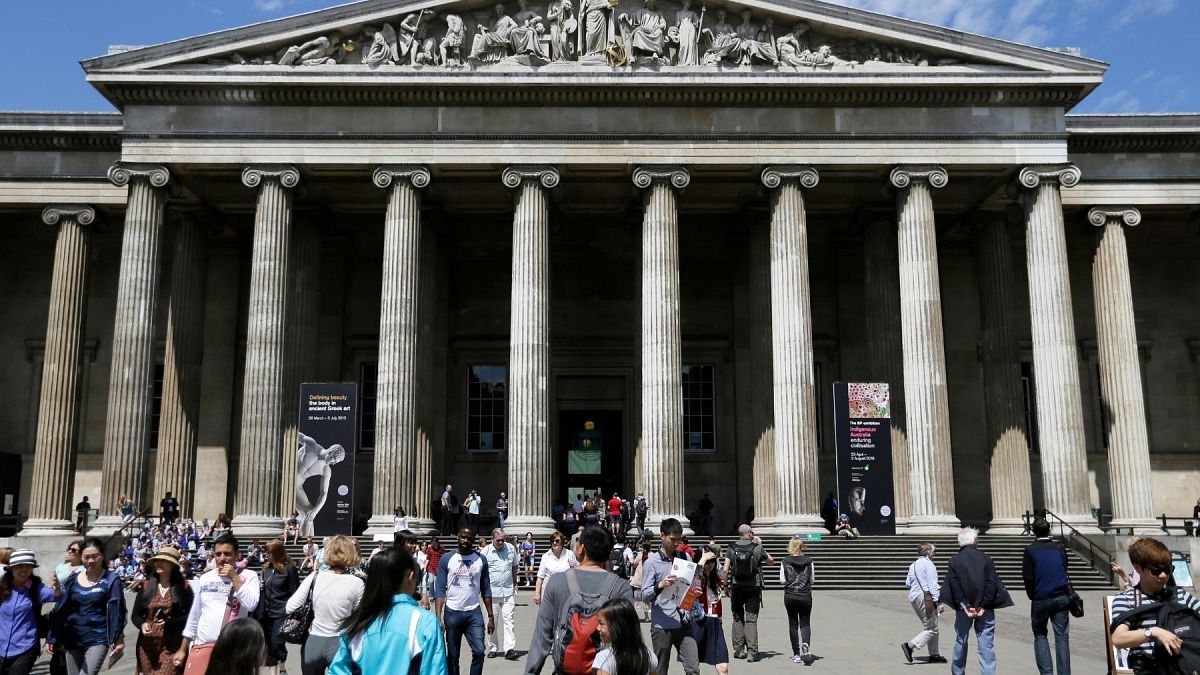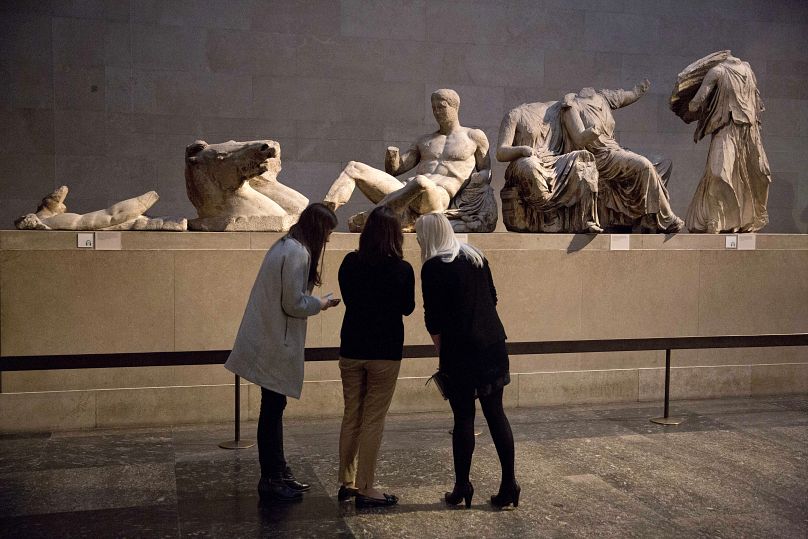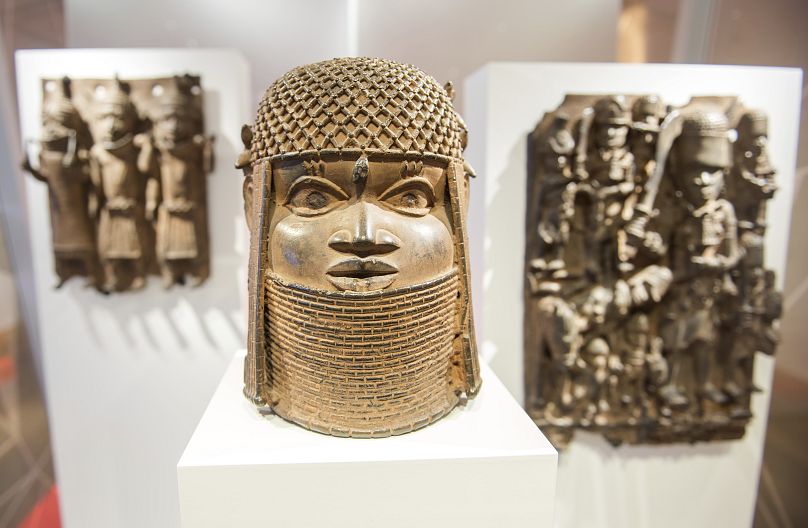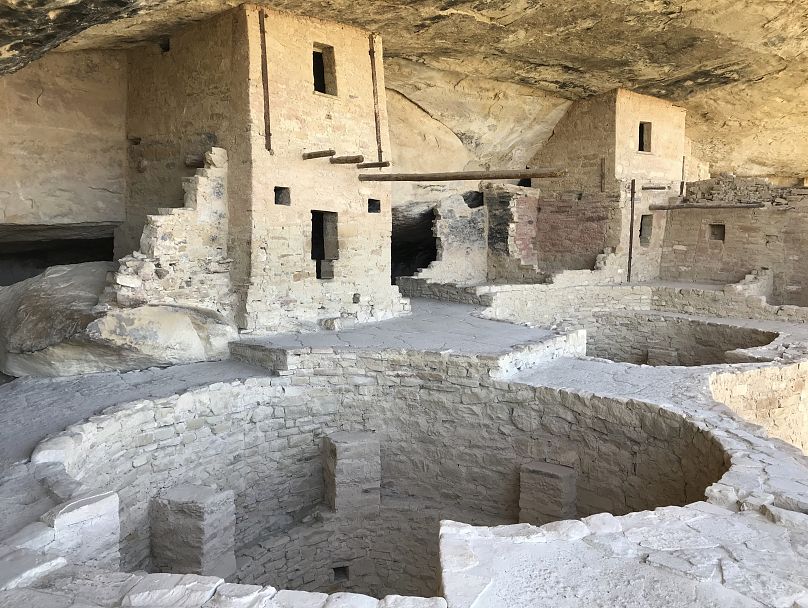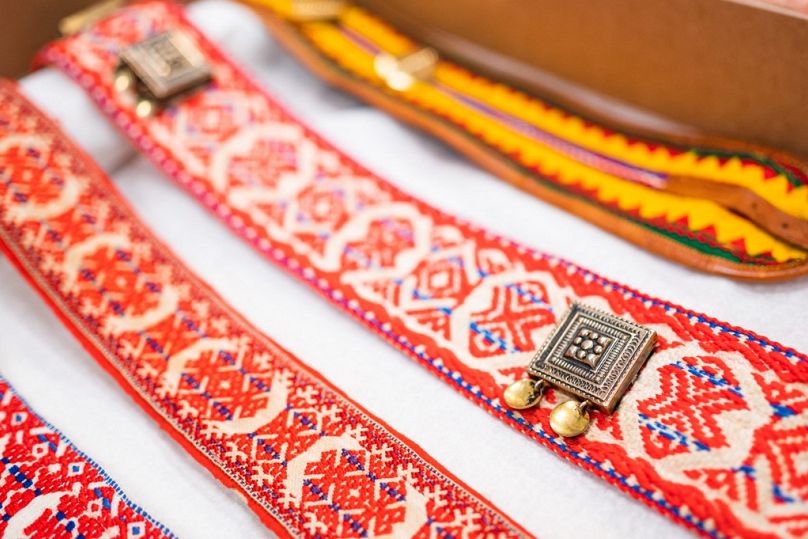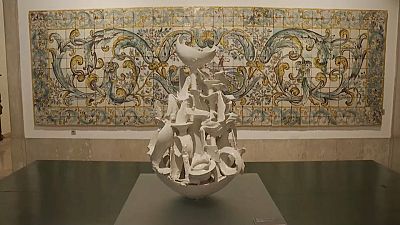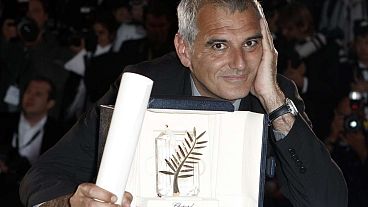Europe's museums, big and small, grapple with cultural restitution and returning artefacts to the places they came from.
Museums across Europe are taking a critical look at their collections, both the items on display and countless other artefacts housed in storerooms, with a view to returning them to their places of origin.
In recent years many items of significant cultural and historical significance have been repatriated, and it’s not just museums in bigger countries with deep colonial histories like Britain, France, Spain, Italy or the Netherlands that are facing up to the realities of cultural restitution, but also smaller countries in northern and eastern Europe.
In 2018 a watershed report written by Senegalese academic Felwine Starr and French art historian Bénédicte Savoy recommended that French museums return tens of thousands of items, many of them looted, to countries in Sub-Saharan Africa. At the time, President Macron endorsed the report’s conclusions but it took a while for any concrete action.
Over the last couple of years, however, a number of important items have been returned from French, German and American museums to Nigeria in particular; while some other significant pieces have been sent back to DR Congo from Belgium, as that country goes through a period of necessary reappraisal of its own brutal colonial past.
London's British Museum in the spotlight
The British Museum in London has one of the largest collections in the world with an estimated eight million pieces - and only around 1% on display at any given time. Some of the most high profile exhibits are also some of the most controversial, with decades-old campaigns to return items like ancient sculptures to Greece, or priceless plaques to Africa.
So what does cultural restitution mean in practice? Will museums be stripped bare of any items that came originally from another place?
Dan Hicks is a Professor of Contemporary Archaeology at the University of Oxford, and the author of the recent book 'Brutish Museums' which explores issues around cultural restitution, repatriation, and the decolonisation of museums.
“There’s a lot of misreporting of what the restitution question is about" Professor Hicks tells Euronews.
"Nobody in this space really sees it as a question of sending back, rather a question about being open to giving back when asked on a case-by-case basis. Which of course we already do” he says.
Some of the loudest, and most persistent calls for cultural restitution concern the Parthenon Marbles - huge sculptures taken from Greece in the early 1800s; and the Benin Bronzes - looted in a bloody British raid from a royal palace in modern-day Nigeria in 1897, priceless artefacts of Edo culture dating back as far as the 13th century.
There does seem to be some slow progress concerning some of these items. Former British finance minister George Osborne became chair of the British Museum last year and has suggested that he's opening to loaning the Parthenon Marbles back to Greece for a limited time, although the Greeks maintain their insistence that the sculptures are returned permanently.
The British Museum tells Euronews the trustees consider all requests for repatriation and restitution on a case-by-case basis.
"Research into the history of the collection as a whole, and of individual objects in it, is ongoing. This involves object-based and archival research both in the British Museum itself and elsewhere. Many objects have been a part of the collection for hundreds of years so it's not always possible to know their full history," the museum says in a statement.
Professor Hicks says the process is not about emptying out museum collections.
"It's absolutely not about every item going in some strange logic going to the place it was made. Objects have always moved around," he explains.
"The question is about when items have been taken and their return is the subject of a demand. Museums have to be open to something other than blocking their ears and saying never, never, never.”
Smaller museums reappraise their own collections
While the biggest museums in major European capitals often have high profile pieces which become the focal point for conversations about restitution, smaller museums have also had to think again about the objects they have in their collections.
"The way of doing museum work has changed a lot and since the last decade museums have been more and more trying to really serve all groups of society and communities," says Elina Antilla, Director General of the National Museum of Finland in Helsinki.
Antilla explains that many museums are considering their existence, asking why they have collections and what sort of resource they are for the people who visit. The concept of a museum is now less about simply displaying objects but about education and curation to add expertise and perspectives for the communities they serve.
The Helsinki museum has already been working to catalogue all the items it has, although the pace of this work is limited by how labour-intensive it can be. The museum has recently repatriated some Native American remains to Pueblo tribal homelands in Arizona and returned a Stone of Power to the Ovambo Kingdom in Namibia.
Partnership on Sámi artefact exhibition
The way that Sámi culture is portrayed in Finland is particularly sensitive, and recently the National Museum launched a new kind of exhibit, in partnership with the Siida Sami Museum in Lapland.
Previously, the museum had extensive displays of Sámi culture, and over the decades played a leading role in how the Sámi are seen in Finland. However, those exhibitions were always created by the museum's own staff and represented their vision of how Sámi history and culture should be displayed, not a Sámi vision.
Last year the National Museum returned around 2000 items from its collection to Siida, and the Homecoming exhibition - or mäccmõš, maccâm, máhccan in Finland's three Sámi languages - included Sámi people forming an integral part of how it was put together.
“At the same time as we made an agreement about repatriation, we made an agreement about cooperation" says Elina Antilla.
It means the Helsinki museum will be able to borrow items from Siida and display them, but will do it together in partnership with the Sámi museum as a partner.
